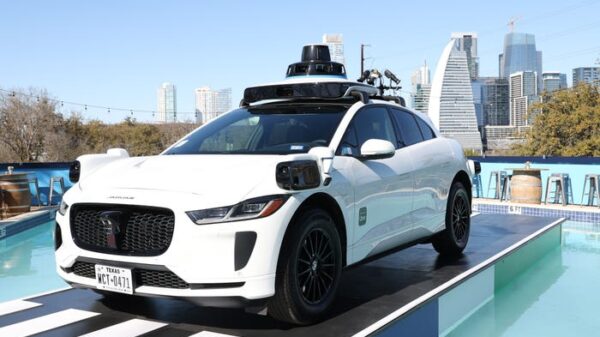Stellantis is reportedly set to introduce Chinese-built electric vehicles to the European market under established brands, with Opel planning to launch the Leapmotor B10 as its first rebadged model. Production is anticipated to begin at the company’s Zaragoza plant in Spain by March 2026, allowing Opel to circumvent high European Union tariffs on imported Chinese electric vehicles.
The decision to consider the Leapmotor B10 aligns with Stellantis’ strategy to enhance its electric vehicle lineup. According to a report from German publication Automobilwoche, the Leapmotor B10 could sport Opel badges as early as next year. This initiative represents a significant step for Stellantis, which is keen to tap into the growing demand for affordable electric vehicles in Europe.
Insider sources indicate that while a final decision on the launch is yet to be made, the proposal presents “an interesting opportunity to offer a well-equipped and affordable EV in the compact SUV segment.” Opel has yet to comment on the speculation surrounding its future product offerings.
The Leapmotor B10, introduced last year, is a compact SUV available in fully electric and range-extender powertrain options, although the latter has not yet been released in Europe. Built on the LEAP3.5 platform, it features advanced technology and a comprehensive suite of driver-assistance systems, showcasing Leapmotor’s growing capabilities in the electric vehicle market.
Potential Redesign and Competitive Positioning
While the specifics of Opel’s redesign of the B10 remain unclear, preliminary renderings suggest it may incorporate elements such as the brand’s Blitz emblem and Vizor grille. The B10 measures 4,515 mm in length, placing it strategically between the Opel Frontera and Grandland in terms of size.
In terms of market competition, the B10 will face rivals such as the VW ID.4, Skoda Elroq, and BYD Atto 3. Currently, the Leapmotor B10 is available in Europe, but it is being imported from China. If Stellantis proceeds with local production, it could significantly reduce costs, as the European Union imposes a 20.7 percent tariff on Chinese-built vehicles in addition to a standard 10 percent import fee.
Local manufacturing at the Zaragoza facility, where Opel produces the Corsa hatchback and Mokka SUV, would allow Stellantis to maintain competitive pricing. Insiders suggest that this move could help the company undercut the B10’s current starting price of €29,900 in Germany, especially when compared to the electric Opel Frontera, which starts at €28,990.
Leapmotor’s Growing Presence in Europe
According to Dataforce, Leapmotor has reported sales of 16,485 vehicles in Europe during the first nine months of 2025. This figure includes 11,064 units of the T03 urban electric vehicle, 5,080 units of the C10 midsize SUV, and just 313 units of the B10 compact SUV.
The company has recently celebrated a milestone of producing over one million vehicles and is targeting exports of between 50,000 and 60,000 units this year. This growth indicates that Leapmotor, Stellantis’ partner in China, is positioning itself as a significant player in the global electric vehicle market.
As Stellantis navigates this new territory, the collaboration with Leapmotor could prove pivotal in establishing a stronger foothold in the competitive European electric vehicle sector. The potential rebranding of Chinese models may not only expand Opel’s offerings but also cater to the increasing demand for affordable EV options among European consumers.





































































